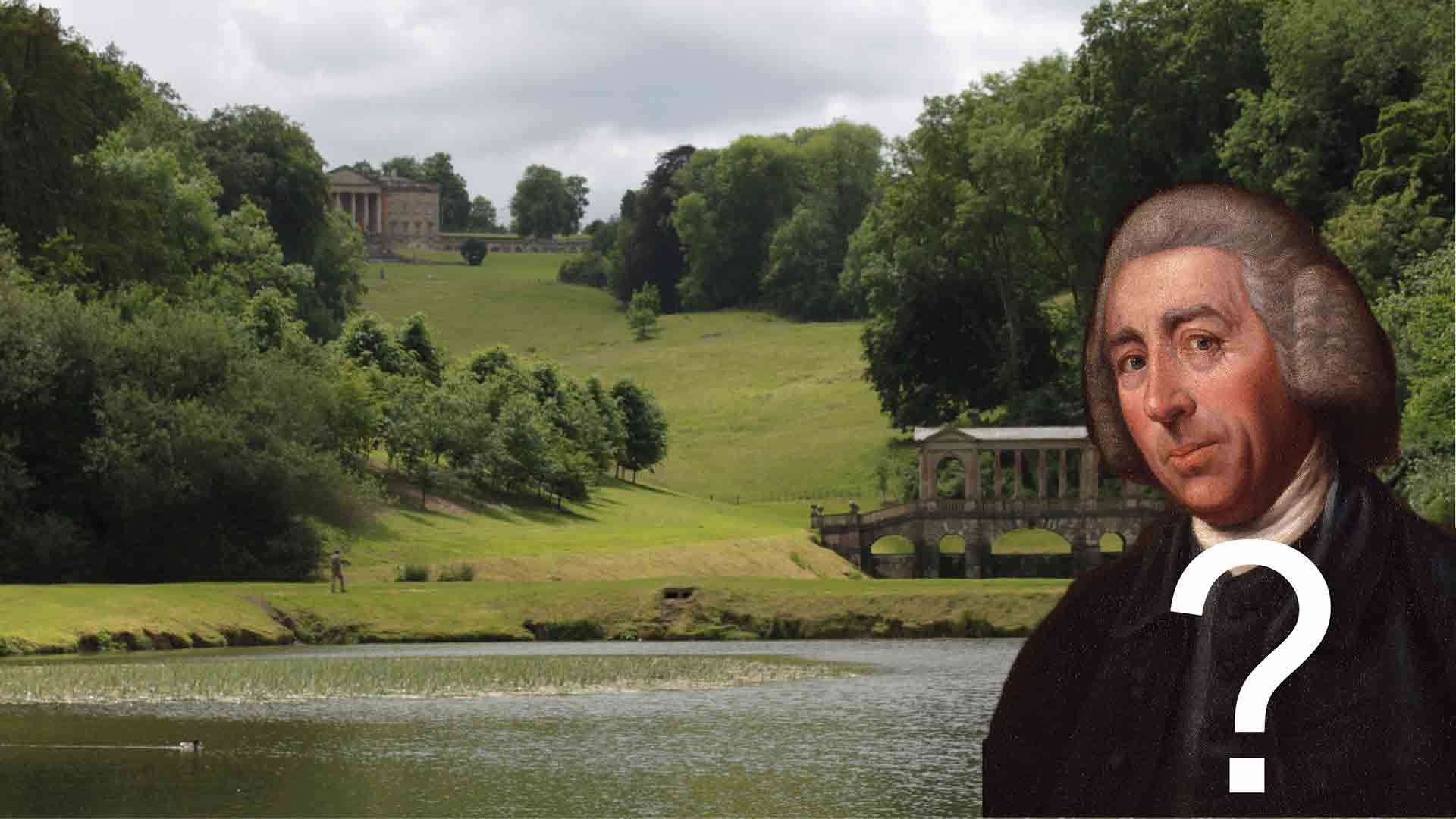Lancelot Capability Brown 300th anniversary: an appraisal of his reputation
The above video questions whether Lancelot Brown one of the world’s great designers – as Sir Geoffrey Jellicoe (from 1:17 in the video below) speaks of ‘Capability Brown who one of the great designers in the world without a doubt’. Since Brown reputation went from sky-high in the 1780s to mud-low in the 1800s and back to sky-high in the late 20th century, the question needs to be asked. There are real problems in making the assessment: Brown’s drawings are disappointing and do not show changes to the landform; the original condition of the land on which Brown worked is unknown; most of Brown’s planting has changed; his lakes follow the lie of the land – not the curves of a drawing or an earth-moving machine. A review of the evidence and glances at 12 of his approximately 250 designs, leads me to conclude, in the above video, that Brown was ‘charming, talented, trustworthy, hard-working – and lucky – but not a creative genius’. My view is that Brown worked on some great projects, as well as some humdrum projects, and that the ‘rise and fall and rise again’ of his public reputation is best explained by an evolution in the common usage of the word ‘nature’.
In 2011 English Heritage put a Blue Plaque on Wilderness House at Hampton Court. It reads: Lancelot ‘Capability Brown’ 1716-1783 Landscape Architect lived here 1764-1783. I am happy about this, though Brown did not call himself a ‘landscape architect’ (the term dates from 1828) and nor did he call himself a ‘landscape gardener’. His usual term was ‘place-maker’ which, given the popularity of this term with urban designers, might be a useful name for the landscape profession (though Brown probably used it in OED sense 9(a). to mean ‘ a country house with its surroundings, the principal residence on an estate’). Since Brown designed both landscapes and buildings, the term ‘landscape architect’ suits him well. He also designed lakes and it is good for the landscape profession to emphasise its role in composing water, landform and plants with buildings and paving. Brown did little work on public and institutional projects, The Backs in Cambridge being a notable exception. But many of the places Brown designed are now open to the public under a range of access and ownership arrangements: public parks, golf courses, National Trust properties etc.

